Fabric of Namibia
From Chloe Durr
A traditional Odelela skirt is manufactured from dyed animal hide adorned with a waist belt of beads and ostrich-egg shells. The western world’s influence in the form of colonization, the arrival of missionaries and increased trade made cotton-cloth more widely available and so the Odelela cloth evolved and now forms part of the attire of the Aawambo tribes (better known as Ovambo, this is the largest ethnic group of Namibia).
This cloth is a distinct material characterized by its striking bright pink, red and black stripes. The three stripe combinations are said to signify the three tribes of the Kwanyama, Ndonga and Ngandjera. It needs to be remembered that the Aawambo tribes comprise of the kingdoms of the Aa-Ndonga, Aa-Kwambi, Aa-Ngandjera, Aa-Kwaluudhi, Aa-Mbalantu, Aa-Kolonkadhi as well as the Ova-Kwanyama, Ova-Unda and Ova-Mbadja - with each representing slightly different dialects and areas of settlement.
Originally a white cotton cloth with red and black stripes the unique pink colouring was obtained by grinding stone to produce a powdered dye called Oshide. It has quickly become a fashion staple in Namibia.
Traditionally the Odelela skirt was worn at ceremonies like Olufuko and marriage ceremonies, but the cloth is now widely used and can even be found worn by the Nama and Ova-Herero people - the vibrant pink pattern complimenting the signature Victorian-style dress and horn-shaped headdress worn by Herero women. Today, it is used to create anything from shirts to trousers, handbags, to miniskirts and is even woven into baskets and wrapped around beads to make neckpieces. The cloth is not gender specific - dapper young men can be seen proudly wondering down the street wearing full suits in Odelela cloth. However, the most recognizable style remains a knee-length dress with short puffy sleeves or a drawstring skirt complemented with a cloth head wrap.
Odelela cloth can be found at various fabric shops and open air markets in Windhoek and it is not uncommon to pass street stalls with Odelela garments for sale. Authentic Odelela pieces are made by Johanna Shilongo in Windhoek’s Katutura Township under the brand of Ondjaba Namibia - these are available amongst other at the Namibian Craft Centre. It is exciting to see Namibian crafts being appreciated by foreign guests. Though possibly only regarded as a commodity, the historical significance and time spent in creating many of these pieces should not be underestimated or overlooked.
A traditional Odelela skirt is manufactured from dyed animal hide adorned with a waist belt of beads and ostrich-egg shells. The western world’s influence in the form of colonization, the arrival of missionaries and increased trade made cotton-cloth more widely available and so the Odelela cloth evolved and now forms part of the attire of the Aawambo tribes (better known as Ovambo, this is the largest ethnic group of Namibia).
This cloth is a distinct material characterized by its striking bright pink, red and black stripes. The three stripe combinations are said to signify the three tribes of the Kwanyama, Ndonga and Ngandjera. It needs to be remembered that the Aawambo tribes comprise of the kingdoms of the Aa-Ndonga, Aa-Kwambi, Aa-Ngandjera, Aa-Kwaluudhi, Aa-Mbalantu, Aa-Kolonkadhi as well as the Ova-Kwanyama, Ova-Unda and Ova-Mbadja - with each representing slightly different dialects and areas of settlement.
Originally a white cotton cloth with red and black stripes the unique pink colouring was obtained by grinding stone to produce a powdered dye called Oshide. It has quickly become a fashion staple in Namibia.
Traditionally the Odelela skirt was worn at ceremonies like Olufuko and marriage ceremonies, but the cloth is now widely used and can even be found worn by the Nama and Ova-Herero people - the vibrant pink pattern complimenting the signature Victorian-style dress and horn-shaped headdress worn by Herero women. Today, it is used to create anything from shirts to trousers, handbags, to miniskirts and is even woven into baskets and wrapped around beads to make neckpieces. The cloth is not gender specific - dapper young men can be seen proudly wondering down the street wearing full suits in Odelela cloth. However, the most recognizable style remains a knee-length dress with short puffy sleeves or a drawstring skirt complemented with a cloth head wrap.
Odelela cloth can be found at various fabric shops and open air markets in Windhoek and it is not uncommon to pass street stalls with Odelela garments for sale. Authentic Odelela pieces are made by Johanna Shilongo in Windhoek’s Katutura Township under the brand of Ondjaba Namibia - these are available amongst other at the Namibian Craft Centre. It is exciting to see Namibian crafts being appreciated by foreign guests. Though possibly only regarded as a commodity, the historical significance and time spent in creating many of these pieces should not be underestimated or overlooked.



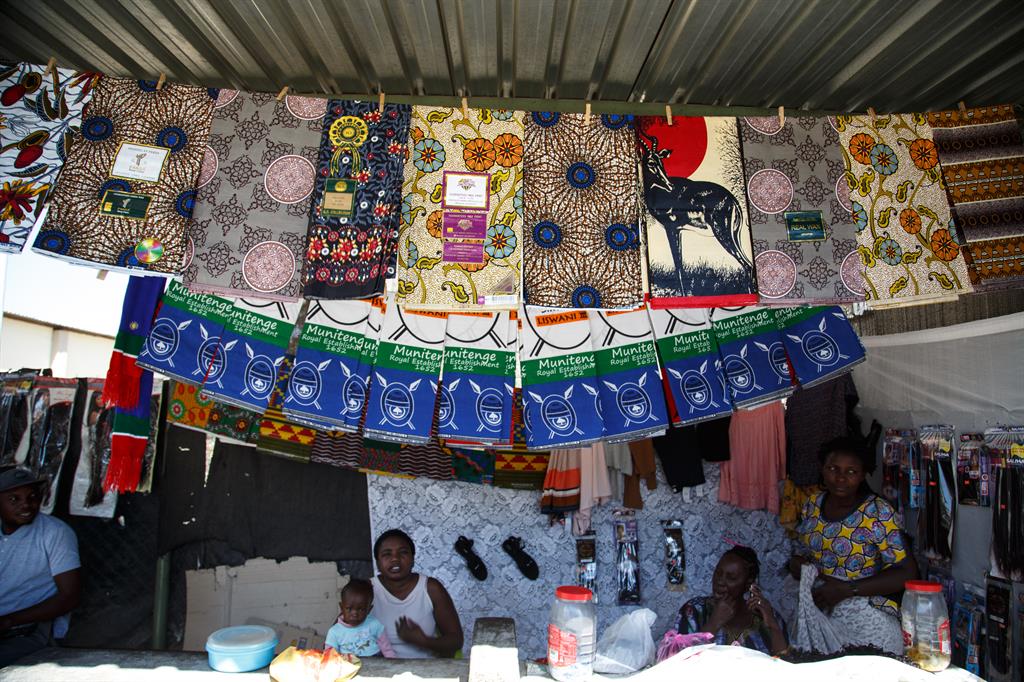

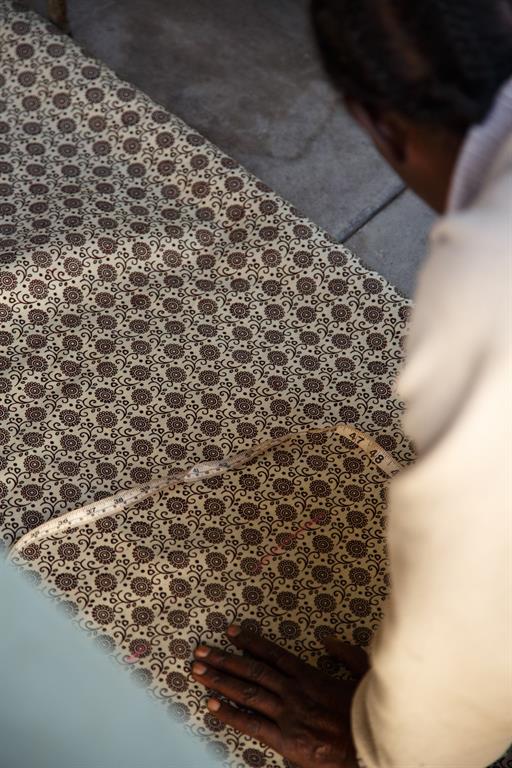
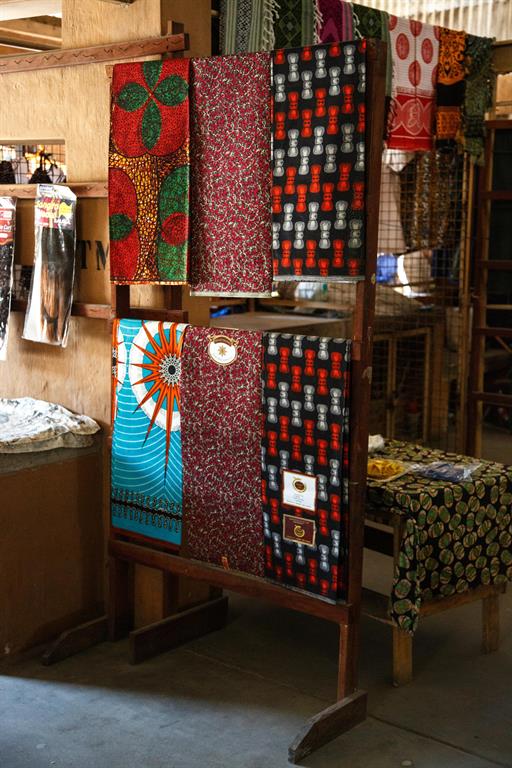
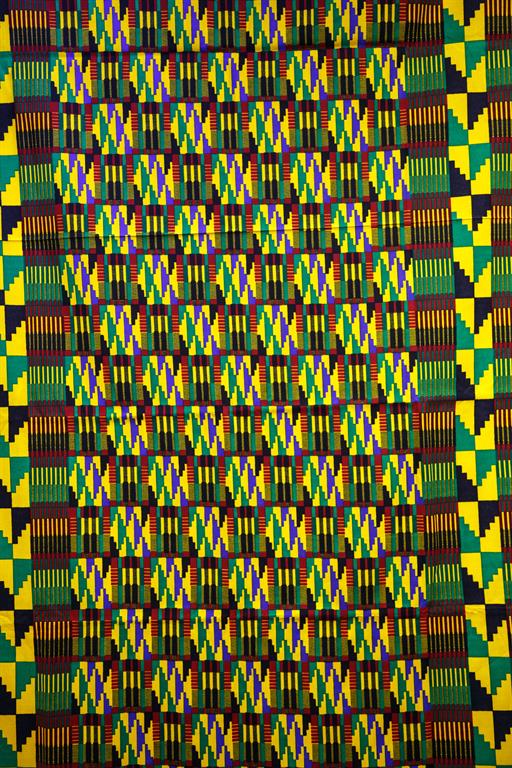
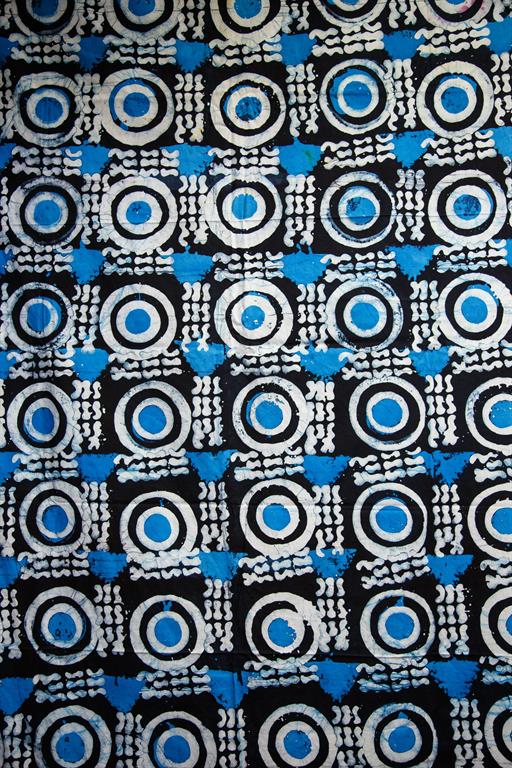
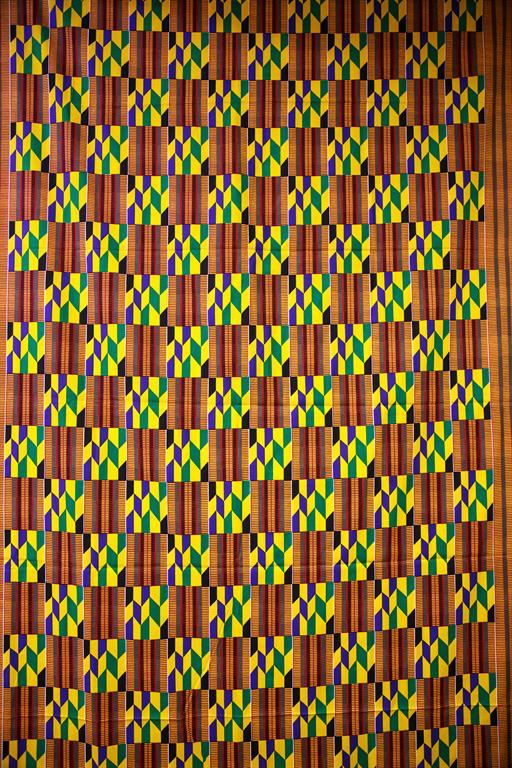
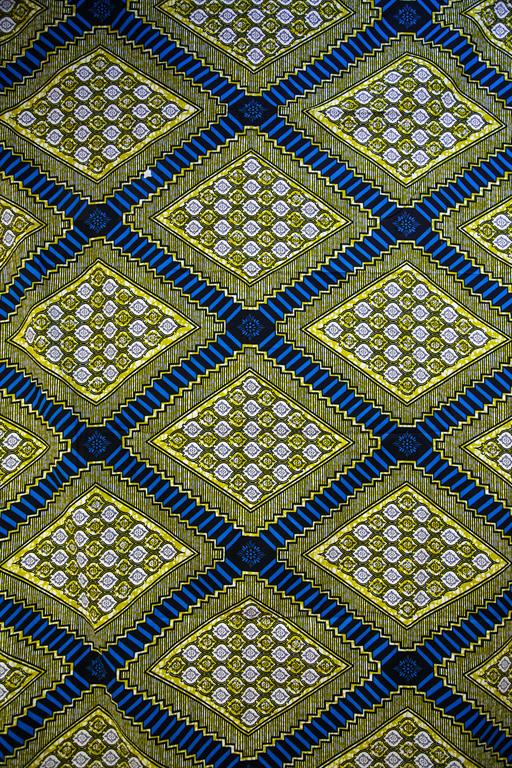


Kommentar
Allgemeine Zeitung
Zu diesem Artikel wurden keine Kommentare hinterlassen